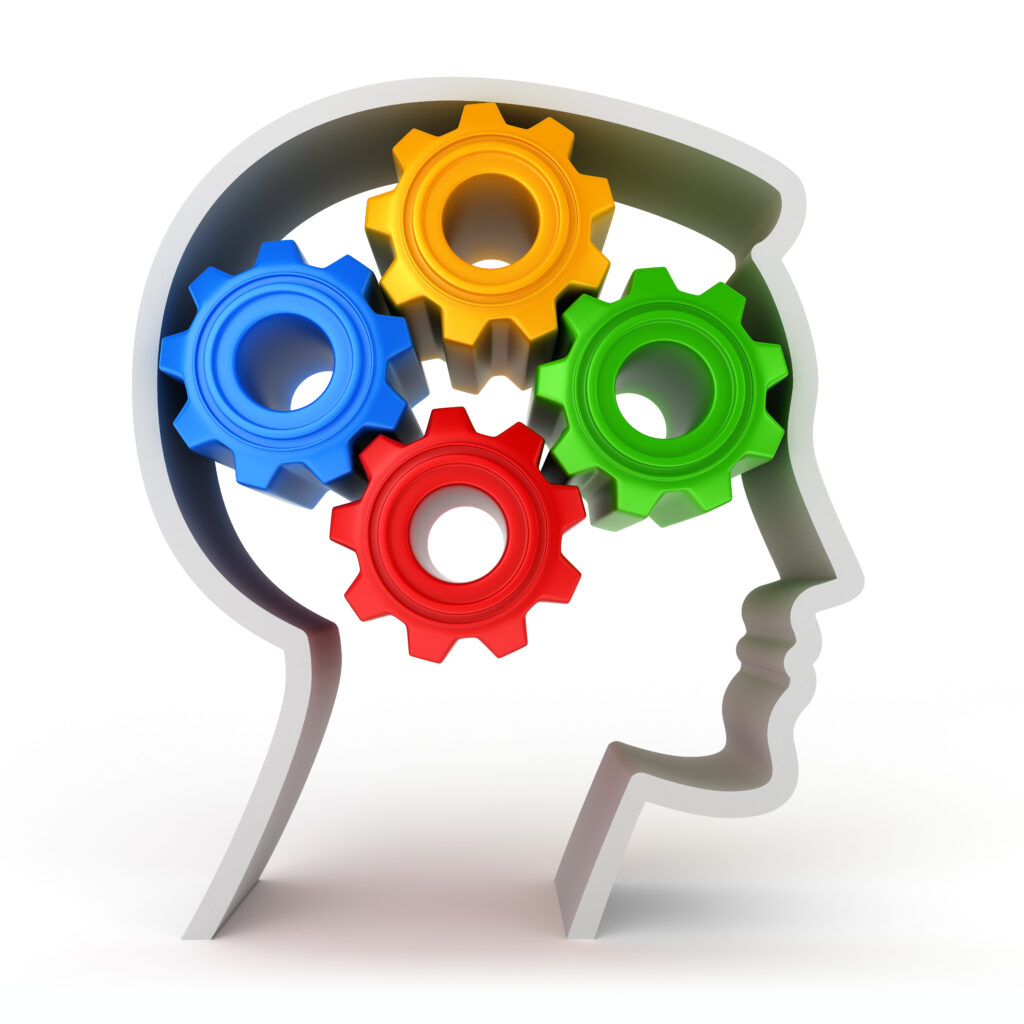
What if I were to offer you a way of giving your business a competitive advantage, and becoming an employer of choice that attracted, recruited and retained productive, engaged employees in the face of significant skills shortages and ‘The Big Quit’; I’m assuming you’d be interested? If you are, you’ll be joining one of the many forward-thinking organizations such as Microsoft, Google, EY and GCHQ that are harnessing the strengths of neurodiversity.
If you are unfamiliar with the term, neurodiversity reflects the natural variation and diversity of thought that exists within the human species. As natural and important as biodiversity is for the natural world. Neurodiversity recognizes that we all experience the world differently, and have individual traits, characteristics, preferences, strengths and challenges. In that sense, we are all neurodiverse. Neuroscience recognizes that brains are all different, there is no ‘normal’. As Catherine Harmer, a cognitive neuroscientist at the University of Oxford, said, “We’re all unique… kind of like a fingerprint.”
Neurodiversity has now become an umbrella term, and indeed a movement encouraging the celebration and respect of a distinct set of cognitive differences. For the most part, we are born with these cognitive differences, it is the way our brains are wired and the way in which we learn and process information, and experience and interact with the world around us. We are also now recognizing that neurodivergence can be acquired, for example, some mental health conditions and acquired brain injuries.
You might be more familiar with the names of neurodivergent conditions, or neurotypes such as dyslexia, ADHD, dyspraxia, autism and Tourettes. You may also be more familiar with descriptions of the challenges that people encounter, often referred to as ‘struggles’ and ‘difficulties’ leading to long-term ‘suffering’ from their respective neurotypes.
It is true that people do experience challenges, sometimes significant. However, this is only half the story. Our knowledge and understanding to date on neurodiversity is couched in a deficit model of disorders, that only looks at what people can’t do. Myths and misconceptions swirl around, perpetuating this deficit model and often impacting the wellbeing, motivation and aspirations of neurodivergent thinkers.
However, we now recognize a common thread amongst our historic and present-day game-changers that have ensured our species has not only survived but thrived: neurodiversity. It is now thought that Charles Darwin, Albert Einstein, Alan Turing and Walt Disney (amongst many others) were neurodivergent. Their different way of thinking, different approaches and perspectives lead to ground-breaking invention and innovation. We wouldn’t be driving cars or using computers if it weren’t for neurodivergence.
Amongst our modern-day game-changers, Bill Gates, Elon Musk, Greta Thunberg, Richard Branson and Jo Malone are all now openly sharing how their neurodivergence has contributed to their successes (and two have been to space!)
So, given this, why do we know so little about the positives of neurodivergence? Why do we only know what people can’t do?
Because we don’t create environments where people can thrive. We wouldn’t expect a tree frog to survive, let alone thrive, on the streets of a city, and we wouldn’t then call it stupid or think that it was broken if it didn’t; we would recognize that it wasn’t in the right environment.
Within our human species, we often measure cognitive abilities based on a neurotypical brain, which functions and processes information within an expected range. This is usually through reading, writing and recall, often in time-bound environments, with exam grades and job offers dependent on these performances. This creates barriers for many neurodivergent thinkers.
As Albert Einstein is thought to have said:
“Everybody is a genius. But if you judge a fish by its ability to climb a tree, it will live its whole life believing that it is stupid.”
The good news is we can remove these barriers to success, often quickly, easily and at little or no cost. In workplace settings utilizing technology, providing information in advance, agreeing on communication preferences and harnessing the skills of neurodivergent thinkers, such as problem-solving, big picture thinking or data analysis, can often yield great rewards. Those that have identified and removed barriers and set their teams up for success are feeling the benefits. An ever-increasing evidence base of productivity, innovation and retention.
If we are to harness the strengths of neurodivergent thinkers, we must create a welcoming space where people feel safe to share this information. Often subtle messages conveyed in our business practices such as the terminology we use or the questions we ask, may either create a sense of psychological safety and belonging or not.
We need to educate and empower our workplaces on appropriate tools and enabling strategies that can help us to see past the deficit model and enable our neurodivergent thinkers to thrive… And your business to benefit as a result.
Kate Dean is a neurodiversity specialist. She spent over 10 years leading and managing student facing disability support teams in universities before setting up Enable Disability and Inclusion consultants in March 2020.
For more information on how Focal Point can help you build fully inclusive workplaces, please contact us for a confidential discussion on 01903 732 782, email us at info@focalpointtraining.com or contact us.